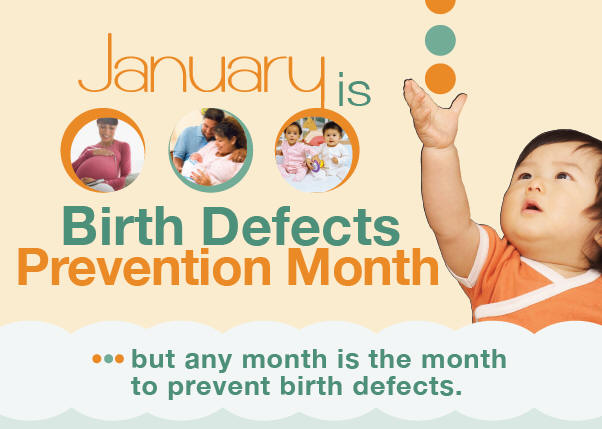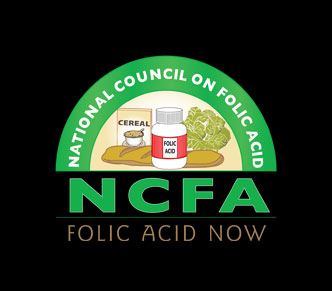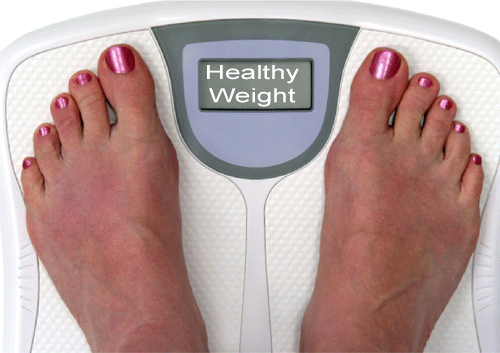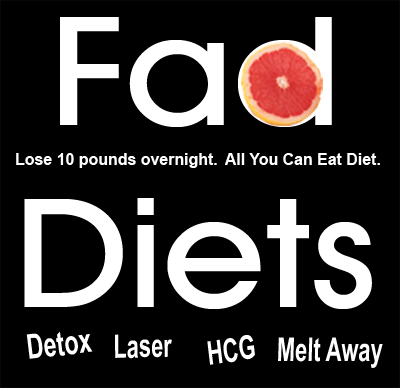Resources
1. National Pickle Month
I assumed we would be back in our home by now, but they haven't submitted the following permits: Plumbing, Building, Mechanical, and Notice of Commencement.
The project manager admitted they had not submitted the architectural plans due to lack of payment. I check weekly, but no luck yet.
A wise friend said it may take longer than 3 to 4 months. I'm glad I listened. The insurance would not have covered our stay if we did not find a place we could live for at least 9 months.
On February 11, 2022, the electricity was restored to part of the front of our house, den, and kitchen. Many of the outlets were covered because they were not up to code.
February 22, 2022. They started to replace the roof.
March 3, 2022
I checked the permits today and the Plumbing, Building, Mechanical, and Notice of Commencement have NOT BEEN SUBMITTED. The roof is waiting for an inspection so the tiles can be put on.
March 4, 2022
Friday I save to correspond with the attorney on the lack of progress.
That's it for now. I will keep you up to date.
National Nutrition Month® is celebrated each year during March with the focus on the importance of making informed food choices and developing sound eating and physical activity habits.


National Birth Defects Month  National Poverty in America Awareness Month    National Mentoring Month  National Folic Acid Awareness Week  Healthy Weight Week  Rid the World of Fad Diets and Gimmicks Day  |